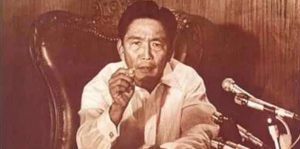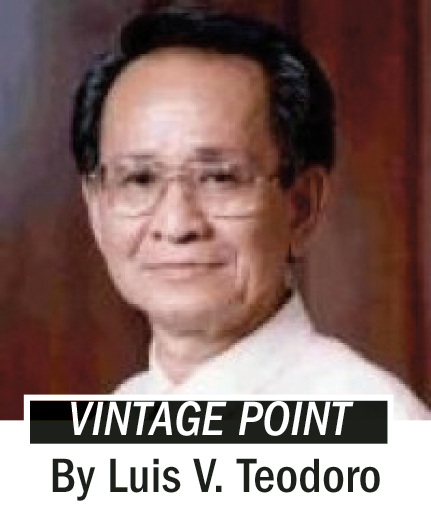Dark legacy
Dark legacy

Ferdinand Marcos declaring martial law on September 23, 1972 (Presidential Museum and Library)
 Forty-nine years ago this month, on September 21, 1972, then President Ferdinand Marcos, whose second four-year term under the 1936 Philippine Constitution was ending in 1973, signed Presidential Proclamation 1081 placing the entire country under martial law. By doing so he extended his time in office indefinitely, and made himself dictator of this rumored “show window of democracy in Asia.”
Forty-nine years ago this month, on September 21, 1972, then President Ferdinand Marcos, whose second four-year term under the 1936 Philippine Constitution was ending in 1973, signed Presidential Proclamation 1081 placing the entire country under martial law. By doing so he extended his time in office indefinitely, and made himself dictator of this rumored “show window of democracy in Asia.”
The military implemented PP 1081 on the 23rd, with the arrest of independent journalists; academics; artists and writers; labor, student and farmer leaders; and members of the political opposition. Congress, newspapers and broadcast stations were shut down, and international flights and passports cancelled.
In the next few days and weeks, as Commander-in-Chief of the Armed Forces of the Philippines (AFP), Marcos issued one general order after another to tighten his grip on power, and, as the country’s sole lawmaker, presidential decrees that had the force of law. Already president for seven years, Marcos was to remain in power for 14 more until he was overthrown in 1986 by the civilian-military mutiny known as the EDSA 1 People Power “Revolution.”
Comments (0)